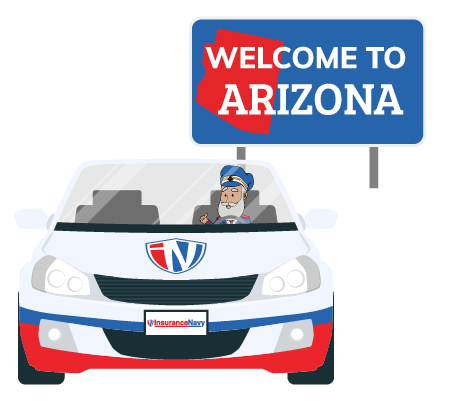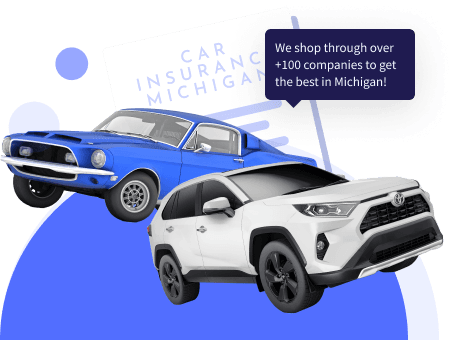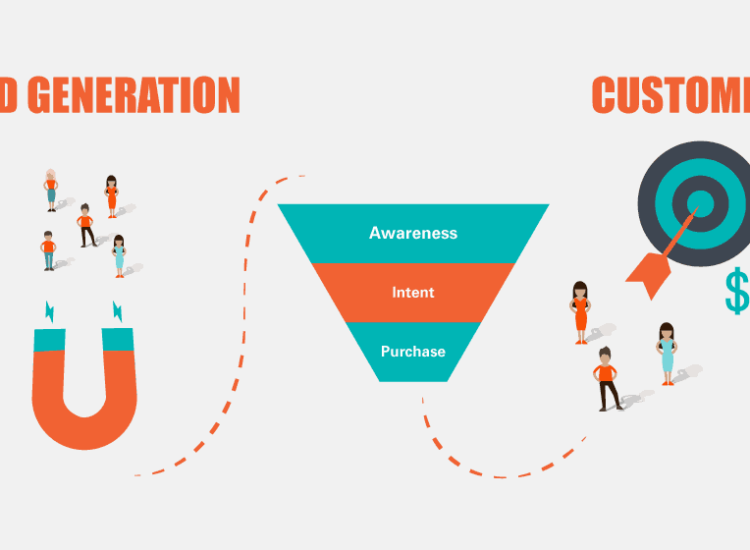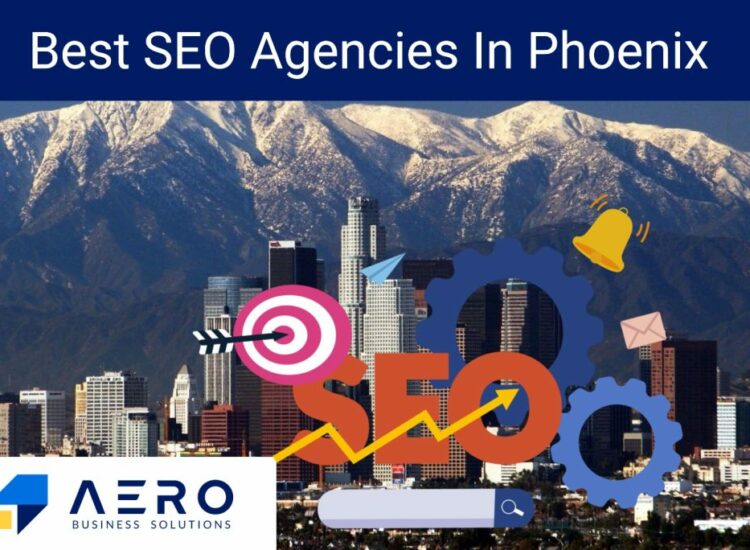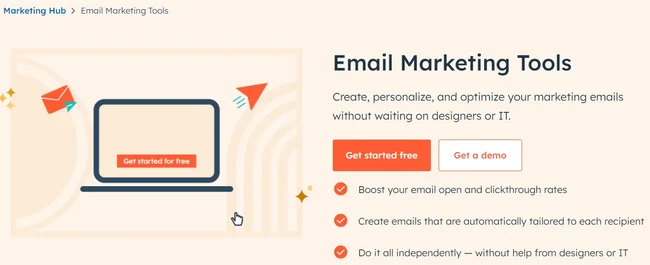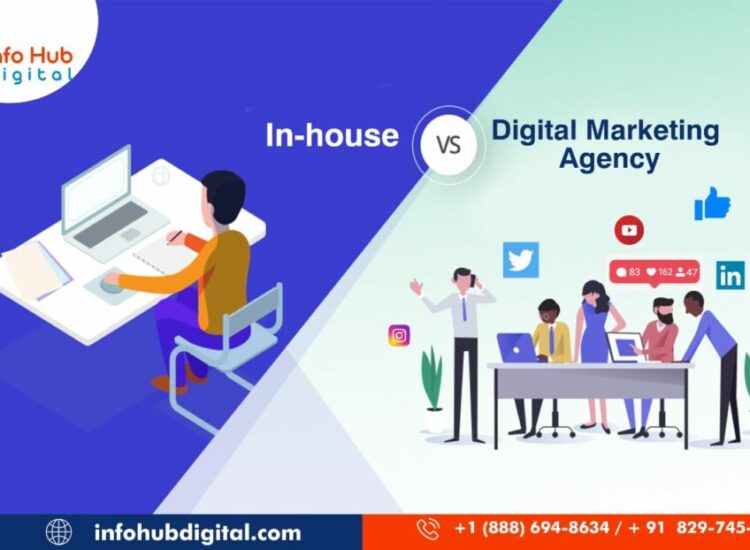The ascent of digital marketing has brought about a fundamental transformation in how businesses connect with prospective customers. The traditional reliance on cold calls and mass mailings is largely a thing of the past. Today, the imperative is for businesses to craft compelling content and offers that naturally draw in and captivate their intended audience. Lead generation marketing provides the essential blueprint for this evolution, equipping small businesses with the means to establish a consistent and reliable flow of qualified leads.
Toc
- 1. Understanding the Fundamentals of Lead Generation Marketing
- 2. Creating a Lead Generation Strategy for Your Small Business
- 3. Implementing Your Lead Generation Strategy
- 4. Related articles 01:
- 5. Measuring Your Lead Generation Success
- 6. Emerging Trends in Lead Generation Marketing
- 7. Related articles 02:
- 8. Frequently Asked Questions (FAQ)
- 9. Conclusion
Understanding the Fundamentals of Lead Generation Marketing
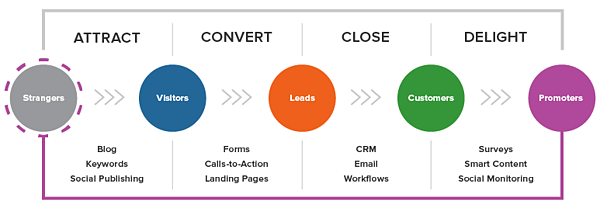
At its core, lead generation marketing is the art of attracting and capturing the interest of potential customers—referred to as “leads.” This approach contrasts sharply with traditional marketing methods, which often disrupt potential customers with unsolicited outreach. Instead, lead gen marketing focuses on creating valuable content and offers that resonate with your target audience, guiding them through the buyer’s journey.
Mapping the Buyer’s Journey
Understanding the buyer’s journey is crucial. This journey consists of several stages: awareness, consideration, and decision. By aligning your marketing strategies with the needs and interests of your audience at each stage, you can effectively nurture leads and convert them into loyal customers.
Awareness: This stage is where potential customers become aware of a need or problem. For example, a business owner may realize they need a new website to improve their online presence. Content marketing, such as blog posts or social media updates, can be effective in raising awareness.
Consideration: Once aware, leads start researching solutions. They might compare different website builders or read reviews. Here, businesses can provide valuable content like case studies or comparison guides to attract leads.
Decision: This is the final stage, where leads choose a solution. Strong calls to action, testimonials, and free trials can encourage conversion.
Additionally, having a clear value proposition is essential. This means clearly articulating what makes your product or service unique and why potential customers should choose you over competitors. Establishing a well-defined target audience allows you to tailor your marketing messages, making them more relevant and impactful.
Strategies for Lead Generation Marketing
- Content Marketing: This includes creating blog posts, videos, infographics, and other valuable content to engage potential customers and drive website traffic.
- Search Engine Optimization (SEO): By optimizing your website and content for search engines, you can increase your visibility and attract more leads organically.
- Social Media Marketing: Utilizing social media platforms like Facebook, LinkedIn, and Twitter allows businesses to reach a wide audience and build brand awareness.
- Email Marketing: Sending targeted emails with personalized offers or information can be an effective way to nurture leads and encourage conversion.
- Paid Advertising: Platforms like Google Ads or Facebook Ads allow businesses to target specific demographics and interests, driving traffic to their website or landing page.
- Referral Marketing: Encouraging satisfied customers to refer others can be a powerful way to generate leads through word-of-mouth.
Creating a Lead Generation Strategy for Your Small Business
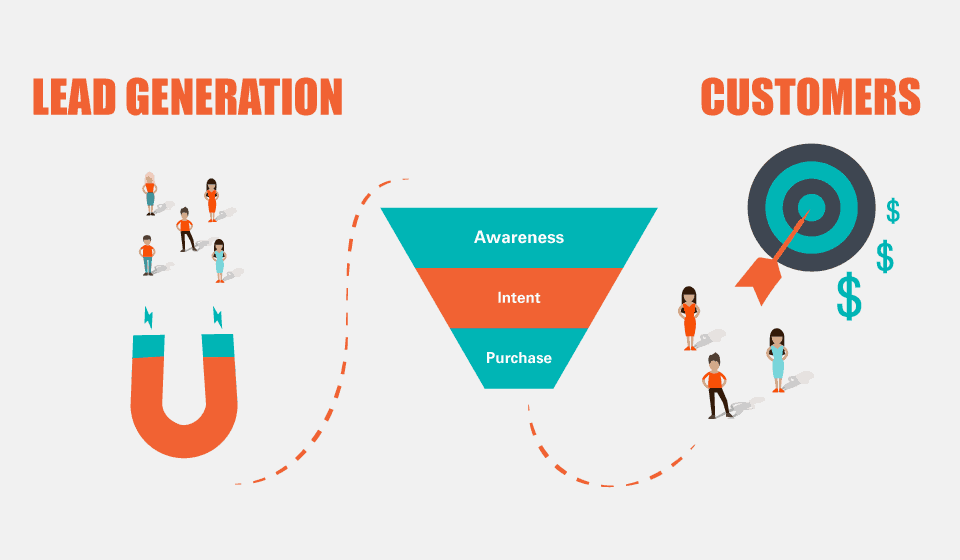
Developing a robust lead generation strategy is vital for small businesses seeking to attract and convert qualified leads. Here are the key steps to creating a successful strategy:
Defining Your Target Audience
The foundation of effective lead generation marketing lies in understanding your target audience. Conducting thorough market research is essential. Identify your ideal customer profile, including demographics, pain points, and needs. Creating detailed buyer personas will help you visualize your audience and tailor your marketing efforts accordingly.
Identifying Your Marketing Channels
Small businesses have numerous marketing channels available, each offering unique advantages. Here are some popular lead generation channels to consider:
- Social Media Marketing: Utilize platforms like Facebook, Instagram, and LinkedIn to engage with your audience. Create engaging posts, run targeted ads, and participate in relevant conversations.
- Email Marketing: Build a subscriber list and send personalized emails to nurture relationships with potential leads. Use segmented lists to target specific groups effectively.
- Content Marketing: Develop valuable content, such as blogs, videos, and infographics, that addresses the interests and pain points of your audience. Quality content can attract organic traffic and establish your authority in your niche.
- Search Engine Optimization (SEO): Optimize your website and content for search engines to improve visibility. Conduct keyword research to identify terms your audience is searching for and incorporate them naturally into your content.
- Paid Advertising: Consider using pay-per-click (PPC) campaigns to reach a broader audience quickly. Platforms like Google Ads and Facebook Ads can be effective for driving targeted traffic.
When selecting the right channels, consider factors like your budget, time commitment, and the preferences of your ideal customers.
Crafting Irresistible Lead Magnets
To capture the attention of potential leads, you need to create valuable offers that address their needs. These offers, often referred to as lead magnets, can take various forms, such as:
- Ebooks: Provide in-depth information on a topic relevant to your audience.
- Checklists: Offer a practical tool that helps your audience achieve a specific goal.
- Webinars: Host informative sessions where you share expertise and engage with participants.
- Free Trials: Allow potential customers to experience your product or service without commitment.
- Discounts: Offer limited-time promotions to encourage immediate action.
- Templates: Provide ready-made resources that simplify tasks for your audience.
Lead magnets should be highly relevant to your target audience and provide real value. A successful example is a free ebook titled ‘The Ultimate Guide to Building a High-Converting Website’ for a web design company. This directly addresses the pain points and needs of their target audience. Consider the format of your lead magnet, as a checklist might be more appealing for a busy professional seeking quick solutions, while a webinar might be better for a more in-depth topic.
Implementing Your Lead Generation Strategy
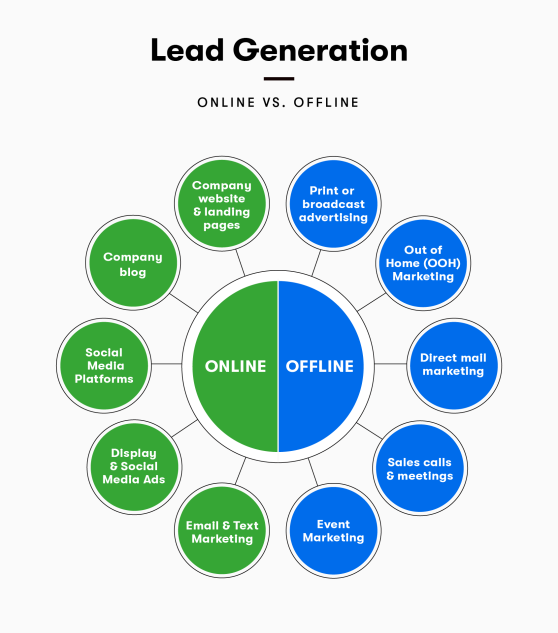
2. https://hidanang.vn/mmoga-top-seo-marketing-companies-in-phoenix-for-seo-marketing-companies-phoenix
4. https://hidanang.vn/mmoga-the-best-crm-software-free-for-small-businesses-a-comprehensive-guide
With a solid strategy in place, it’s time to implement your lead generation tactics. Here are the key elements of effective implementation:
Optimizing Your Website for Lead Generation
At the heart of your lead generation efforts, dedicated landing pages are crucial. These pages should feature clear messaging, compelling visuals, and a strong call-to-action (CTA) that encourages visitors to provide their contact information.
Tips for designing effective landing pages include:
- Clear and Concise Messaging: Communicate the value of your offer succinctly.
- Compelling Visuals: Use images and graphics that enhance your message and attract attention.
- Strong Call-to-Action: Make it clear what action you want visitors to take, such as “Download Now” or “Sign Up Today.”
- Optimization for Conversions: Test different layouts, colors, and messaging to determine what resonates best with your audience.
Optimizing your content for SEO is also crucial for driving organic traffic to your lead generation assets. This includes conducting keyword research, employing on-page optimization techniques, and building high-quality backlinks.
Leveraging Social Media for Lead Generation
Social media platforms can be invaluable for generating leads. Create engaging content, run targeted ads, and use contests and giveaways to encourage engagement and attract potential leads. Use social media to share your lead magnets and redirect traffic to dedicated landing pages.
Nurturing Your Leads
Once you have captured leads, it’s essential to nurture them through the sales funnel. This involves providing valuable content and engaging with them via email or social media. Use marketing automation tools to segment leads based on their interests and behavior, allowing for highly personalized communication.
Measuring Your Lead Generation Success
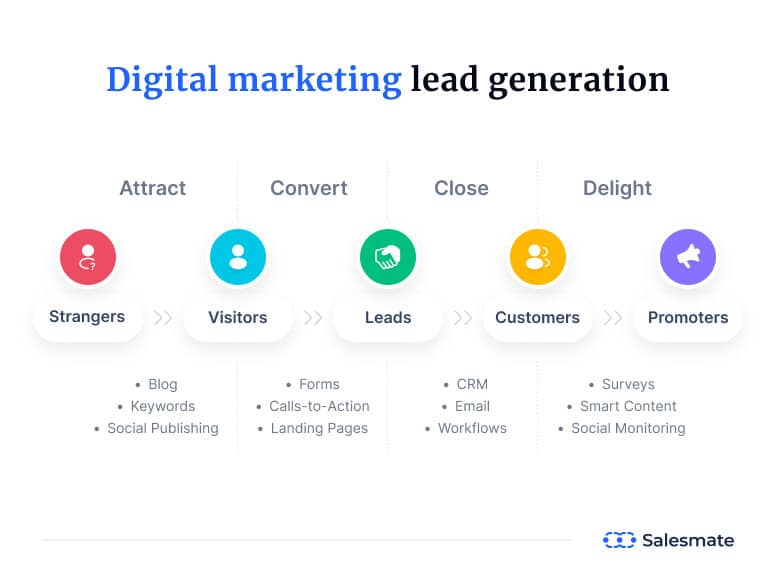
To ensure your lead generation strategy is effective, it’s crucial to track and measure various performance metrics. This will help you identify what’s working and where there’s room for improvement. Key metrics to monitor include:
Conversion Rate
Conversion Rate is one of the most critical metrics for gauging the success of your lead generation efforts. It measures the percentage of visitors who take the desired action on your lead generation assets, such as signing up for a webinar, downloading an ebook, or filling out a contact form. A higher conversion rate indicates that your strategies are effectively persuading visitors to become leads.
Cost per Lead (CPL)
Another vital metric is the Cost per Lead, which indicates how much you are spending to acquire each new lead. By calculating CPL, you can assess the cost-effectiveness of your marketing channels and campaigns. It’s essential to remember that a lower CPL doesn’t always mean better results; the quality of leads and their likelihood to convert into customers also matter.
Lead Quality
Evaluating lead quality involves analysing how well your leads match your ideal customer profile and their likelihood to convert into paying customers. This can be done by tracking the behaviour of leads over time and assigning scores based on their actions, such as visiting key pages on your website, downloading multiple resources, or engaging with your email content.
Lead Velocity Rate (LVR)
The Lead Velocity Rate measures the growth of your qualified leads month over month. This metric can help you predict your future business growth by understanding the pace at which you are generating leads. A constant or increasing LVR indicates that your lead generation strategies are sustainable and scalable.
Return on Investment (ROI)
Finally, calculating the Return on Investment for your lead generation efforts will provide a comprehensive understanding of the financial effectiveness of your campaigns. ROI is determined by comparing the revenue generated from leads against the costs incurred to acquire them. A higher ROI reveals that your lead generation strategies are profitable and contributing positively to your business growth.
Regularly monitoring these metrics will help you make data-driven decisions to optimize your lead generation efforts, ensuring you continually attract and convert high-quality leads in a cost-effective manner.
Emerging Trends in Lead Generation Marketing
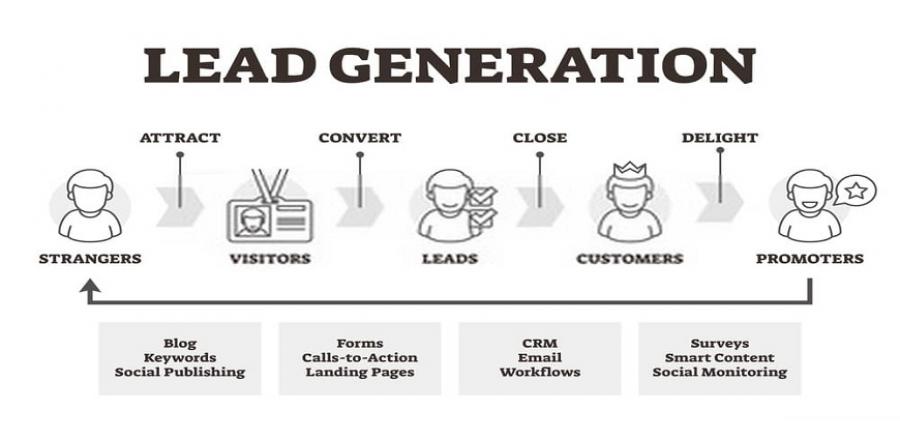
As the landscape of lead generation marketing continues to evolve, it’s important to stay informed about the latest trends:
Account-Based Marketing (ABM)
Account-Based Marketing (ABM) is rapidly becoming a cornerstone of effective lead generation strategies. ABM focuses on targeting high-value accounts rather than casting a wide net. By personalizing marketing efforts to individual accounts, businesses can create highly tailored and compelling content that resonates deeply with their target audience. ABM requires close collaboration between marketing and sales teams to identify target accounts, create bespoke marketing materials, and track engagement metrics specific to those accounts. The personalized approach of ABM often results in higher engagement rates and a better return on investment.
4. https://hidanang.vn/mmoga-the-best-crm-software-free-for-small-businesses-a-comprehensive-guide
5. https://hidanang.vn/mmoga-top-seo-marketing-companies-in-phoenix-for-seo-marketing-companies-phoenix
Artificial Intelligence (AI) and Machine Learning (ML)
AI and ML are transforming the way marketers gather, analyze, and act on data. These technologies can help predict customer behavior, segment leads more accurately, and personalize marketing campaigns at scale. AI-driven tools can automate repetitive tasks such as lead scoring, email marketing, and social media interactions, allowing marketing teams to focus on strategy and creative work. By leveraging AI and ML, businesses can enhance their lead generation efforts, making them more efficient and effective.
Interactive Content
Interactive content—such as quizzes, calculators, polls, and augmented reality experiences—captures attention and engages users more effectively than traditional static content. This type of content can provide immediate value to the user while collecting valuable data for your business. For example, a software company might use a quiz to help potential customers identify the best product for their needs, simultaneously gaining insights into customer preferences. Interactive content not only boosts engagement but also drives higher conversion rates by making the user experience more engaging and personalized.
Video Marketing
Video continues to be a dominant force in marketing, and its influence on lead generation is undeniable. Videos can convey complex information quickly and engagingly, making them an excellent tool for capturing attention and driving leads. Whether it’s explainer videos, webinars, customer testimonials, or live streams, video content can be used at various stages of the sales funnel. Optimizing videos for SEO, creating compelling thumbnails, and including strong calls-to-action can significantly enhance their effectiveness in lead generation.
Chatbots and Conversational Marketing
Conversational marketing through chatbots and live chat features is revolutionizing how businesses interact with potential leads. Chatbots can provide instant responses to user inquiries, guide visitors through the sales funnel, and even qualify leads in real-time. By offering immediate assistance and personalized recommendations, chatbots enhance the user experience and increase the likelihood of conversion. Integrating conversational marketing tools into your website and social media platforms can help capture and nurture leads more effectively.
By staying ahead of these emerging trends and continually refining your strategies, you can ensure your lead generation efforts remain effective and aligned with evolving market dynamics.
Frequently Asked Questions (FAQ)
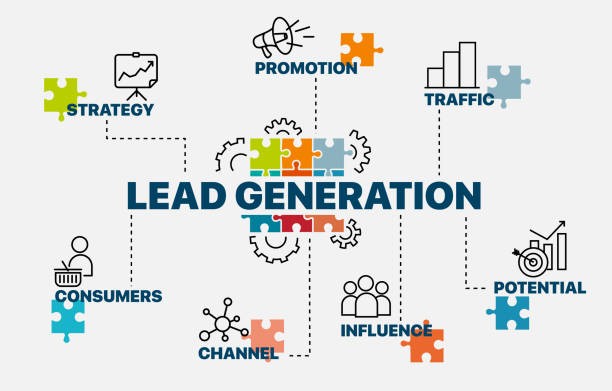
Q: What are some affordable lead generation tools for small businesses?
A: There are several cost-effective lead generation tools available, including HubSpot’s free CRM, Mailchimp for email marketing, Google Analytics for website tracking, and Canva for creating visual content.
Q: How often should I be posting on social media to generate leads?
A: The optimal posting frequency depends on your target audience and platform, but a general guideline is to post 1-3 times per day on platforms like Facebook and Twitter, and 3-5 times per week on LinkedIn.
Q: What are some common mistakes small businesses make with lead generation?
A: Common mistakes include not clearly defining their target audience, failing to create compelling offers, neglecting to optimize their website for SEO, and not effectively nurturing leads through email marketing.
Q: What are some effective lead nurturing techniques?
A: Some effective lead nurturing techniques include personalized emails, targeted social media advertising, retargeting ads, and providing valuable content such as webinars or e-books. It’s also essential to regularly communicate with leads through various channels and tailor your messaging based on their specific needs and interests. Overall, the key is to build a relationship of trust with potential customers over time.
Conclusion
In conclusion, mastering the art of lead generation marketing is essential for small business owners seeking to unlock sustainable growth. By implementing a well-defined strategy, leveraging various marketing channels, and continuously measuring and optimizing your efforts, you can create a steady pipeline of qualified leads.
The key to successful lead generation is not just attracting a large number of leads, but capturing the attention of those who are genuinely interested in your offerings. This means targeting your marketing efforts to reach the right audience and providing them with relevant and valuable information.
Start exploring the world of lead generation marketing today and witness your small business flourish. With patience, dedication, and a commitment to continuous improvement, you can transform your lead generation efforts into a powerful advantage for your business.


